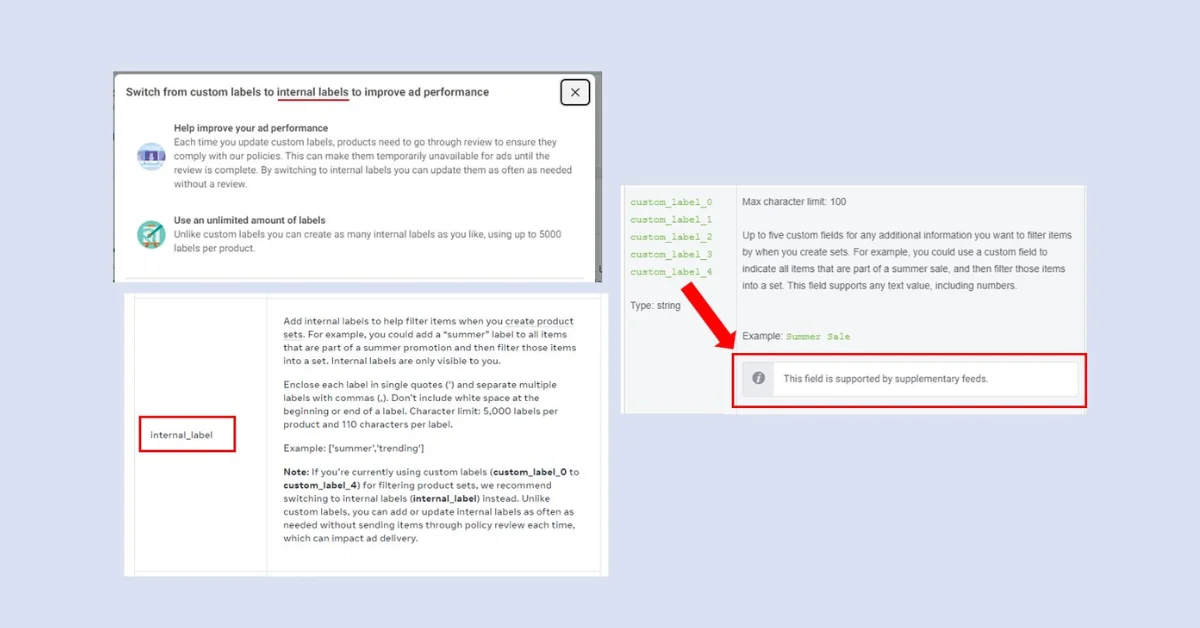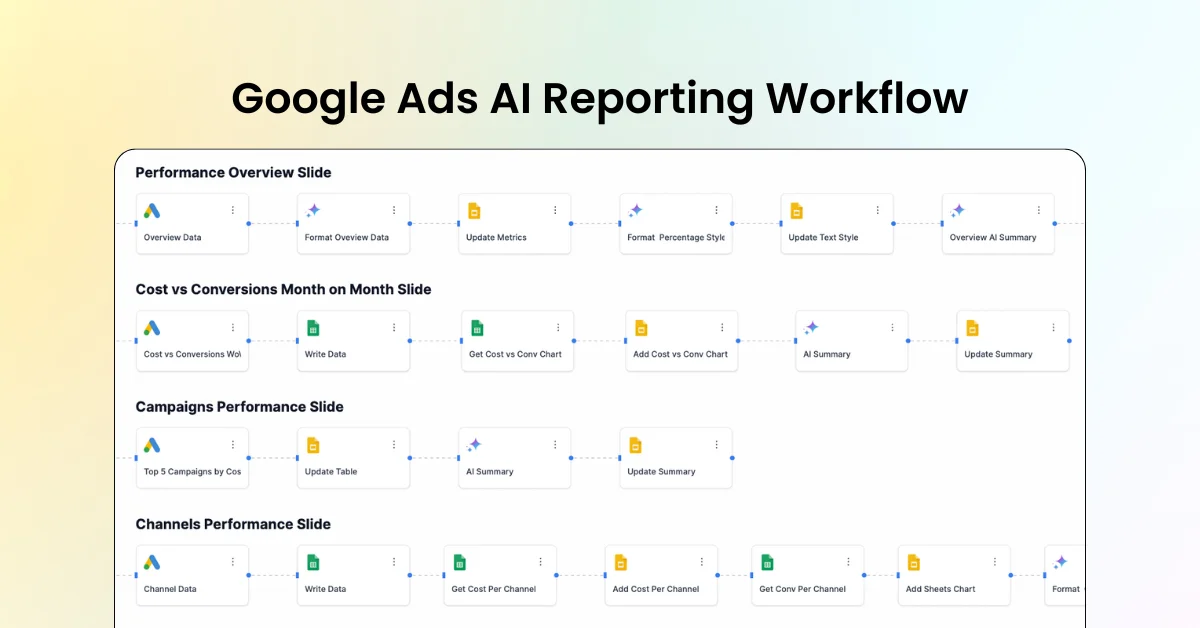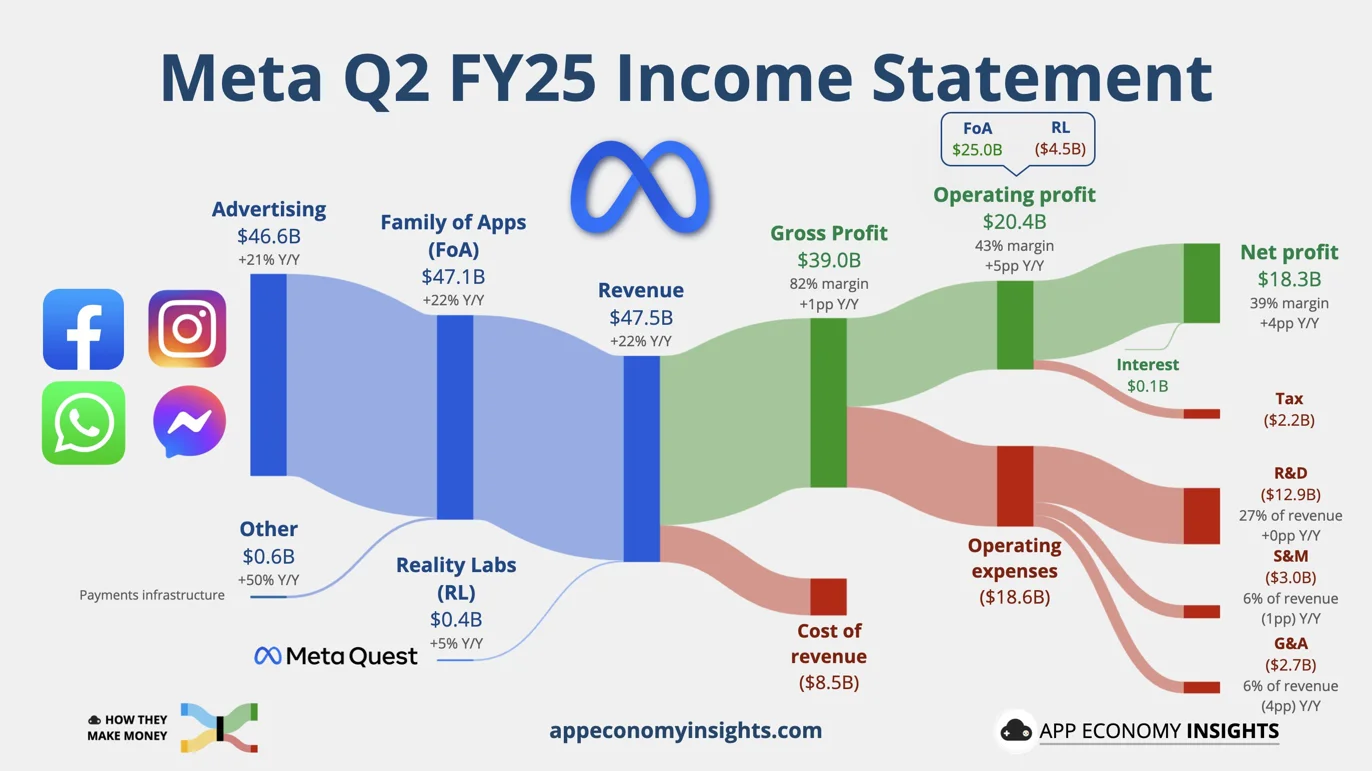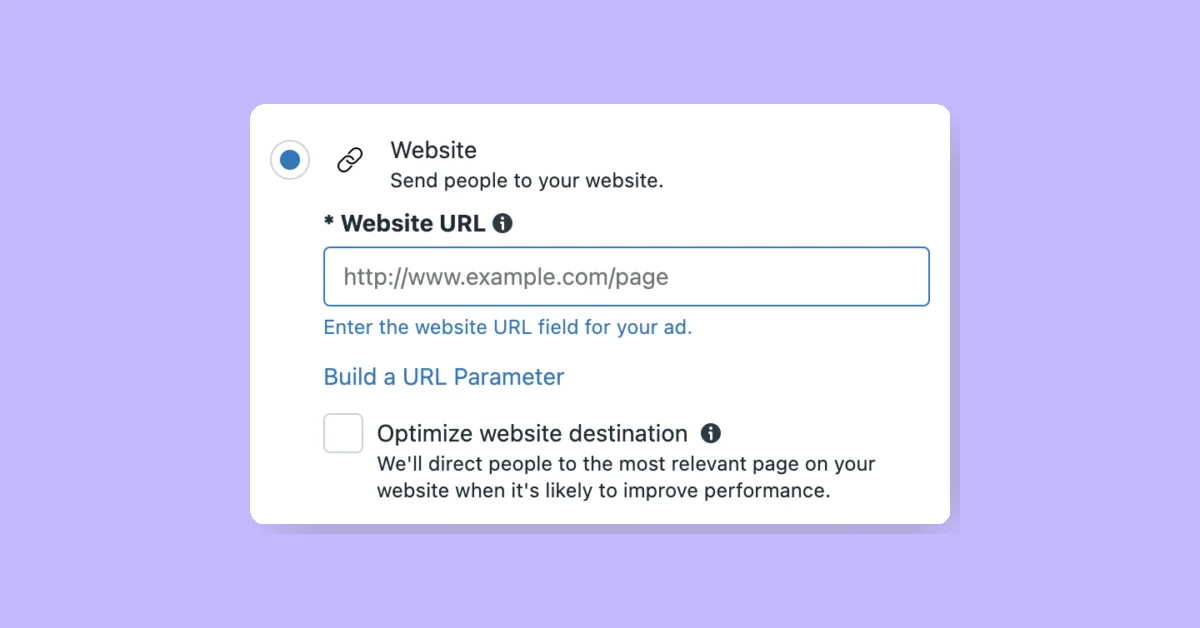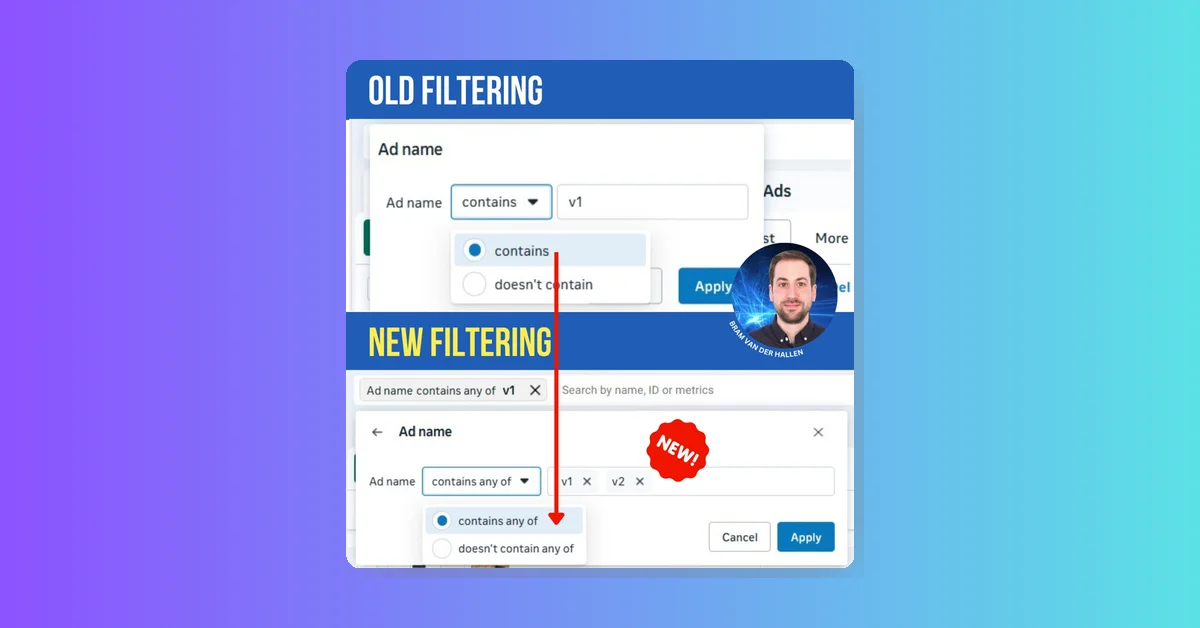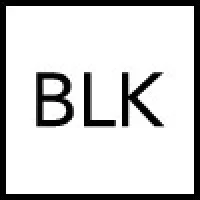Meta has recently rolled out updates to its product feed specifications. These changes offer new opportunities for e-commerce marketers to manage and optimize their product listings more efficiently.
Key Updates:
Wider Release of [internal_labels]
- Meta now recommends using [internal_labels] over custom labels for certain applications.
- Previously known as [product_tags], these labels were not prominently featured in Meta's official documentation.
Benefits of [internal_labels]
- Ideal for product labels that require frequent updates.
- Do not trigger a product review when changed, allowing for more dynamic product grouping.
Changes to [custom_labels]
- Custom labels can now be updated via supplementary feeds.
- Previously, updates to custom labels required changes to the main feed.
Implications for E-Commerce Marketers:
More Flexible Product Grouping
- [internal_labels] allow for quick updates to product groups without initiating a review process.
- This feature is particularly useful for creating and managing dynamic product groups.
Streamlined Label Management
- The ability to update [custom_labels] through supplementary feeds offers a simpler way to modify product groups.
- Marketers can now use tools like Google Sheets to create supplementary feeds, making the process more accessible and manageable.
Improved Efficiency
- These updates reduce the need for frequent changes to the main product feed, potentially saving time and reducing the risk of errors.
Limitations and Considerations:
- [internal_labels] cannot be updated via supplementary feeds, unlike [custom_labels].
- Marketers should carefully consider which labeling system best suits their needs based on the frequency of updates and the nature of their product groups.
These updates from Meta demonstrate the company's ongoing efforts to provide more flexible and efficient tools for e-commerce marketers. By offering multiple ways to manage product labels and groups, Meta is enabling marketers to adapt more quickly to changing market conditions and consumer behaviors.
As the e-commerce landscape continues to evolve, staying informed about these platform updates is crucial for marketers looking to maximize their effectiveness on Meta's advertising platforms. Marketers are encouraged to explore these new features and consider how they can be integrated into their existing strategies for product feed management and advertising optimization.
